Red Sea Tension: Vietnam's Textile, Footwear Exporters Need to Pay Attention
HSBC experts said that the Red Sea tension has not had much impact on ASEAN trade, but some products with large export volumes to Europe such as textiles and footwear from Vietnam are areas that need attention.
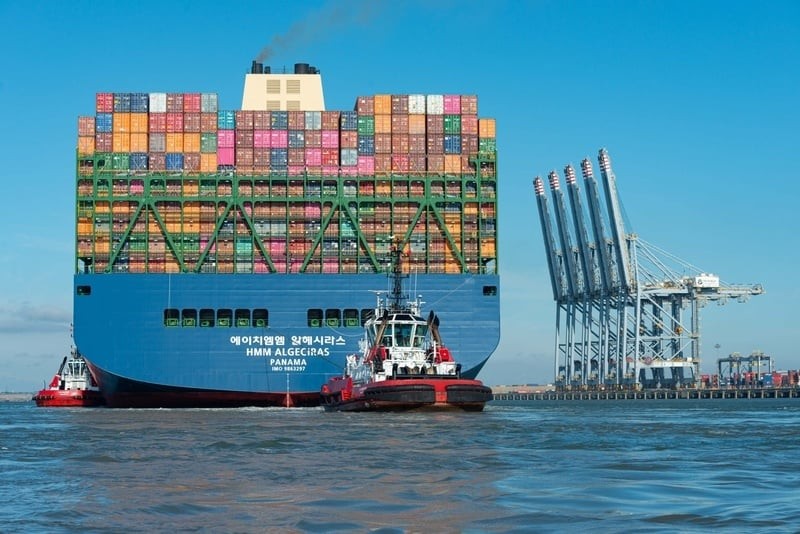 |
| According to HSBC, Vietnam's textile and footwear exports to Europe are areas that need attention amid Red Sea tensions. |
HSBC Global Research has just released the ASEAN Perspectives report, titled “Red Sea, Red Alert” analyzing the impact of geopolitical tensions in the Red Sea on ASEAN trade.
Textile and footwear exports need attention
Following last year’s severe downturn in global trade, the disruptions in the Red Sea are a reminder of the profound impact of transport disruptions on supply chains, the report said. The number of ships transiting the Suez Canal has fallen by more than 50% since early December, and spot container freight rates have tripled for trade from Asia to Europe.
Normally, a cargo ship from Singapore to Rotterdam takes 26 days but is now delayed by 10 days due to having to reroute around the Cape of Good Hope.
However, exports from ASEAN to affected regions, such as the Middle East and Europe, are not large.
In fact, the Middle East accounts for only a small portion of ASEAN exports, while Europe has seen its market share gradually decline over the years to below 9%. Even in Vietnam and the Philippines, the two economies with the largest exports to these two regions, the market share is not very large, at only 12% each.
The US, mainland China and ASEAN itself all have a larger market share than Europe. However, HSBC experts say the impact on different ASEAN economies needs to be assessed, as the longer the disruptions in the Red Sea persist, the more certain supply chains will be affected.
HSBC experts believe that, through analysis of each specific field, Vietnam's textile and footwear exports to Europe are areas that need attention.
Although the US is the largest importer of this commodity, Europe’s 20% market share is also significant. Shipments to Europe have not been affected by the disruption in the Red Sea, as evidenced by a 30% increase in January compared to the same period last year.
However, trade associations also warned of increasing difficulties in receiving orders from the second quarter of 2024 if tensions persist.
In fact, some exporters have sought alternative transport solutions as more and more shipping companies are looking to reserve space by air. That has caused the volume of air freight on the Vietnam-Europe route in January to increase, even exceeding the 6% peak level of 2023.
For ASEAN’s major export sector, electronics, the impact is also limited. Fortunately, intra-regional trade remains dominant, with a market share of 70%, indicating that the technology supply chain is being reorganized within Asia, from Northeast Asia to Southeast Asia.
ASEAN's electronics exports to Europe and the Middle East are only 10%, although for some products the share can be higher, including smartphone exports from Vietnam (15% market share) and air conditioners from Thailand (21% market share).
The impact on ASEAN agricultural exports is also limited. Looking at the two major agricultural exporters, both Vietnam (17% market share) and Thailand (13% market share) do not export much to the EU and the Middle East. About 60-70% of the agricultural exports of these two countries are for Asian customers, especially rice, of which 50%-80% of rice imports of countries in the region come from Vietnam and Thailand.
But some other commodities could be affected. Nearly 50% of Vietnam’s coffee exports go to Europe. But fortunately, China’s recent surge in demand for many Vietnamese agricultural products could more than offset any potential trade disruptions, HSBC experts said.
Similarly, ASEAN’s import share from the EU and the Middle East is not very large, at most 20%. In fact, mainland China is the largest single import destination for each economy in the region and its share can be as high as 35%. However, one item to watch closely is ASEAN crude oil imports from the Middle East, as the region is particularly vulnerable to oil price volatility.
Although ASEAN's total trade share with the Middle East is low, the region imports a large amount of crude oil from the Middle East.
Except for Indonesia, the market share of the remaining countries is at least over 50%. Fortunately, the oil trade flow in the Strait of Hormuz has not been disrupted, while the UAE and Saudi Arabia are the two largest oil exporters to ASEAN with a huge market share of over 70%. Therefore, nearly 70% of ASEAN's oil imports from the Middle East are not affected by the disruptions in the Red Sea.
One item to watch closely, though, is ASEAN crude oil imports from the Middle East as the region is particularly vulnerable to oil price volatility.
Source




![[Photo] Looking back at the impressive moments of the Vietnamese rescue team in Myanmar](https://vstatic.vietnam.vn/vietnam/resource/IMAGE/2025/4/11/5623ca902a934e19b604c718265249d0)
![[Photo] "Beauties" participate in the parade rehearsal at Bien Hoa airport](https://vstatic.vietnam.vn/vietnam/resource/IMAGE/2025/4/11/155502af3384431e918de0e2e585d13a)







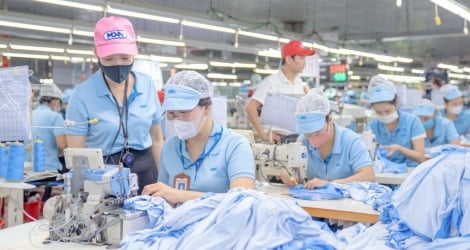
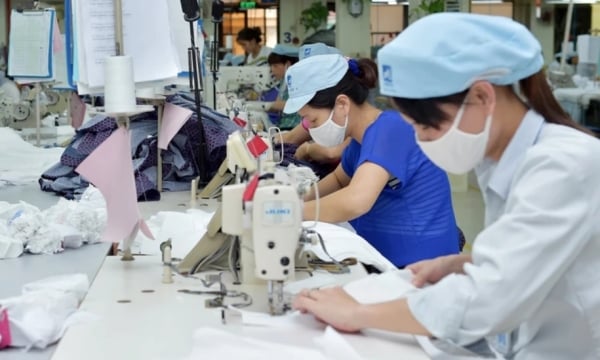







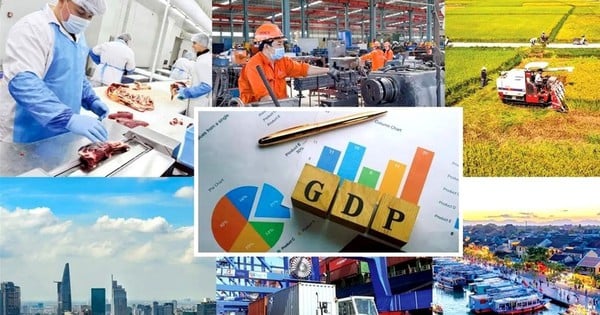









![[Photo] Summary of parade practice in preparation for the April 30th celebration](https://vstatic.vietnam.vn/vietnam/resource/IMAGE/2025/4/11/78cfee0f2cc045b387ff1a4362b5950f)














































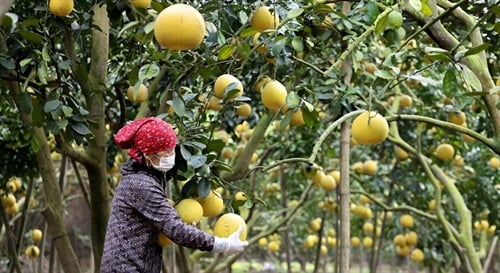












Comment (0)